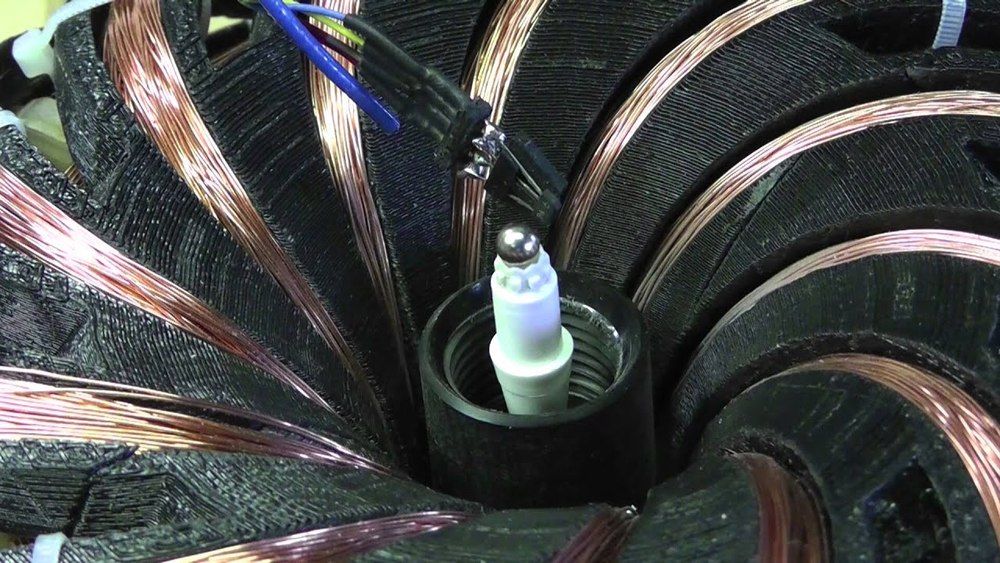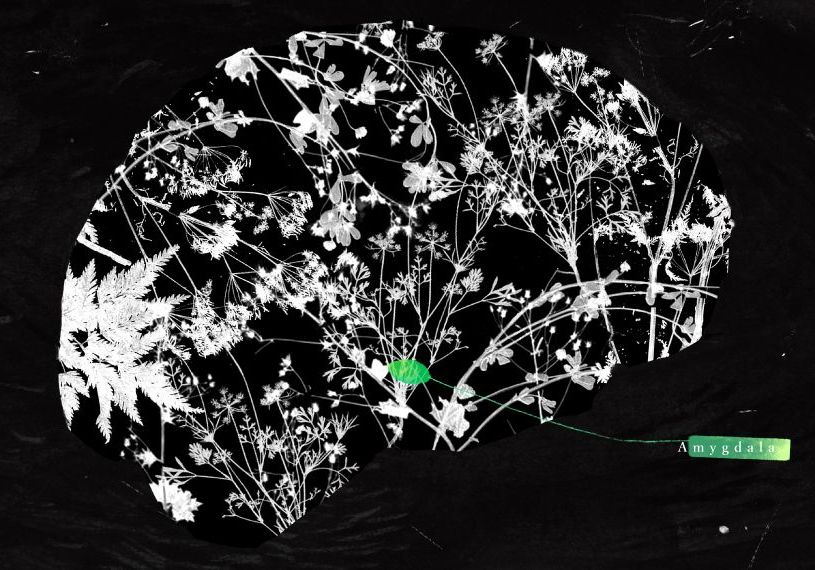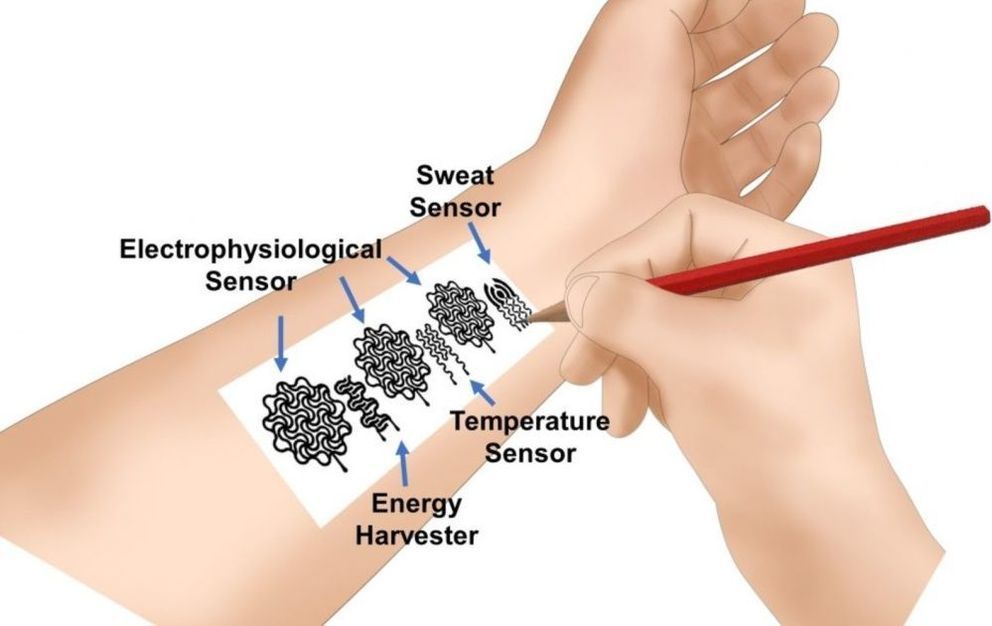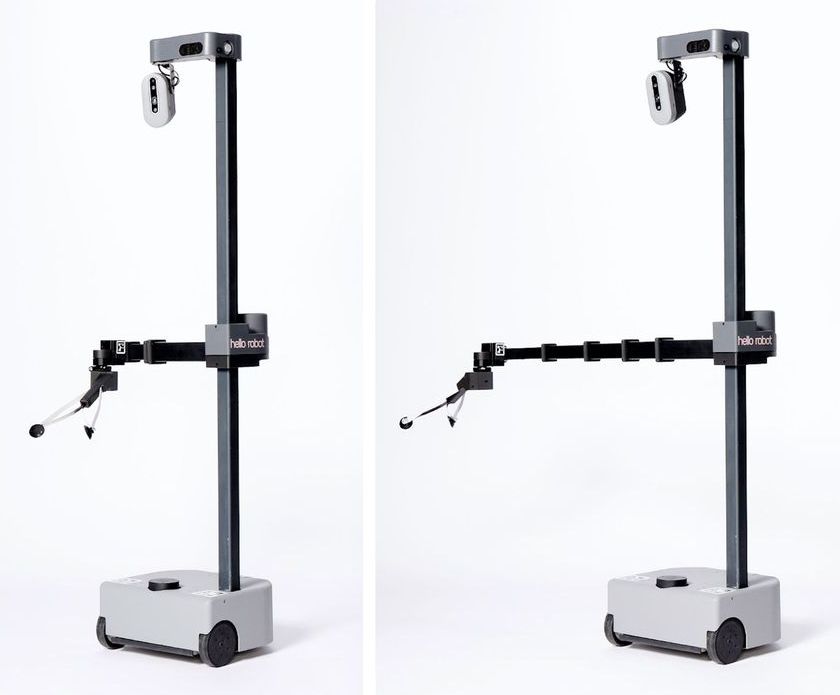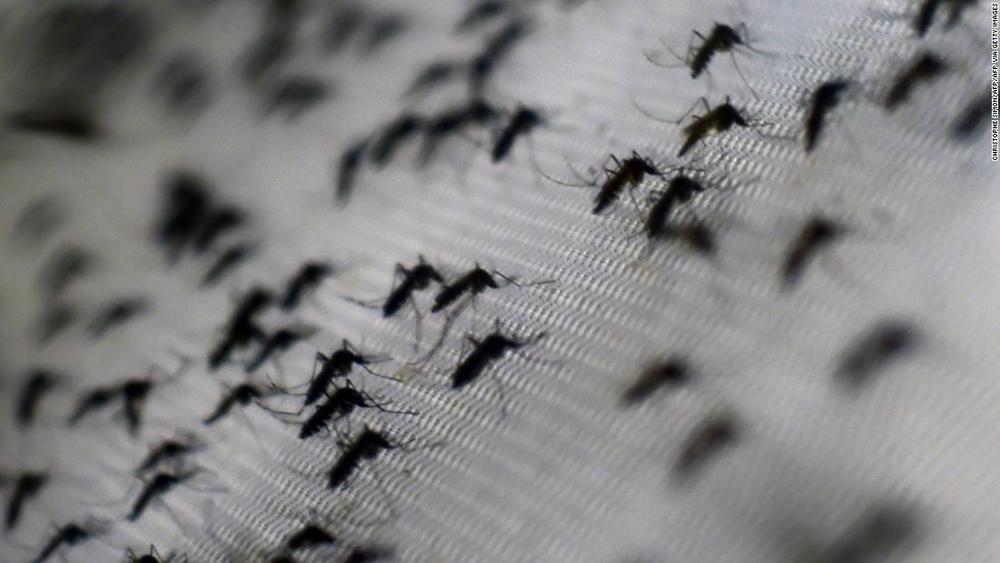Jul 14, 2020
7 Things to Know About the Mars 2020 Perseverance Rover Mission
Posted by Lola Heavey in category: space
NASA’s most advanced Mars rover, Perseverance, will launch from Earth on 30 July on a mission to seek out signs of ancient microbial life on what was once a river delta three-and-a-half billion years ago.
NASA’s next rover to the Red Planet is slated to launch no earlier than July 30. These highlights will get you up to speed on the ambitious mission.
Continue reading “7 Things to Know About the Mars 2020 Perseverance Rover Mission” »

